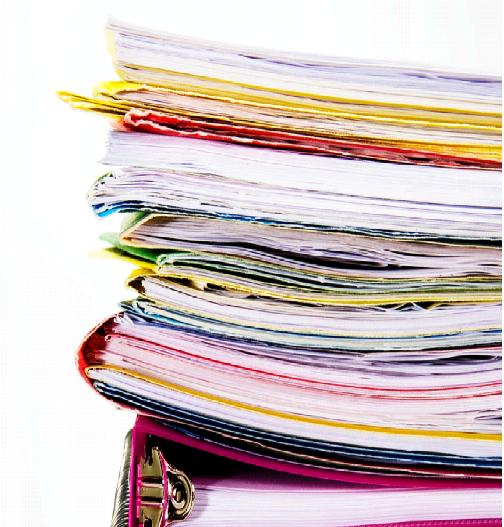Instruction
1
Before starting the book-keeping of income and expenses, you need to understand the content of the basic concepts. The term "revenue" refers to revenue derived from the sale of goods, works, services, cash, non-cash revenue in Bank accounts, payment in kind or payment in goods or services. Revenue in the book of income and expenditure is determined by "cash basis", i.e. on actual receipt of funds.
2
Under "expenses" in the registration books of income and expenses should understand the costs that are associated with the income received in the reporting period and which can be confirmed by using primary documents. This can be receipts, waybills, invoices, contracts, acts, treaties, etc.
3
The book of incomes and expenses of a certain shape. It is subject to registration with the tax authorities and filled on the basis of primary documents. The income and expenses are determined cumulatively from the beginning of the reporting period. The book of incomes and expenses can be conducted both in paper and in electronic form.
4
This document consists of several fields each of which is filled with the required information. In column 1 the current date in the 2nd reflects the sum of the balances at the beginning of the reporting period. For retail it will be a balance of products, production of raw materials for companies that provide services – the rest of the related materials. The data in column 2 are recorded on the basis of the acts inventory.
5
Column 3 indicates the amount of income received in column 4 – the documents confirming the expense. Each of them is better to bring in a separate line to quickly navigate in a tax audit.
6
In the 5th column reflects the value of the purchased commodity-material values, which must be supported by relevant expense documents. In the column 6 is fixed keeping into account of the cost of goods sold, materials, products according to the purchase price.
7
If the records are maintained in multiple outlets, then fill column 7. It specifies the address of the transaction is indicated INN and passport details of employees. If box 7 is filled, column 8 will reflect the cost of transported goods with a positive sign when receiving with a negative when you return.
8
On the day of transfer taxes associated with the payment of wages, is filled in column 9.
9
10 the graph to reflect the costs necessary to produce income, those that are not included in the 6 and 9 columns. This can be the interest on loans, rent, etc.
10
The 11th column indicates the balance of commodity-material assets at the end of the reporting period. It is calculated as follows graph: 11 = (column 2 + column 5) – (column 6 + 8 count). In the column 12 is determined by size of net income, i.e. the difference between the income earned and documentary confirmed value of consumption.
